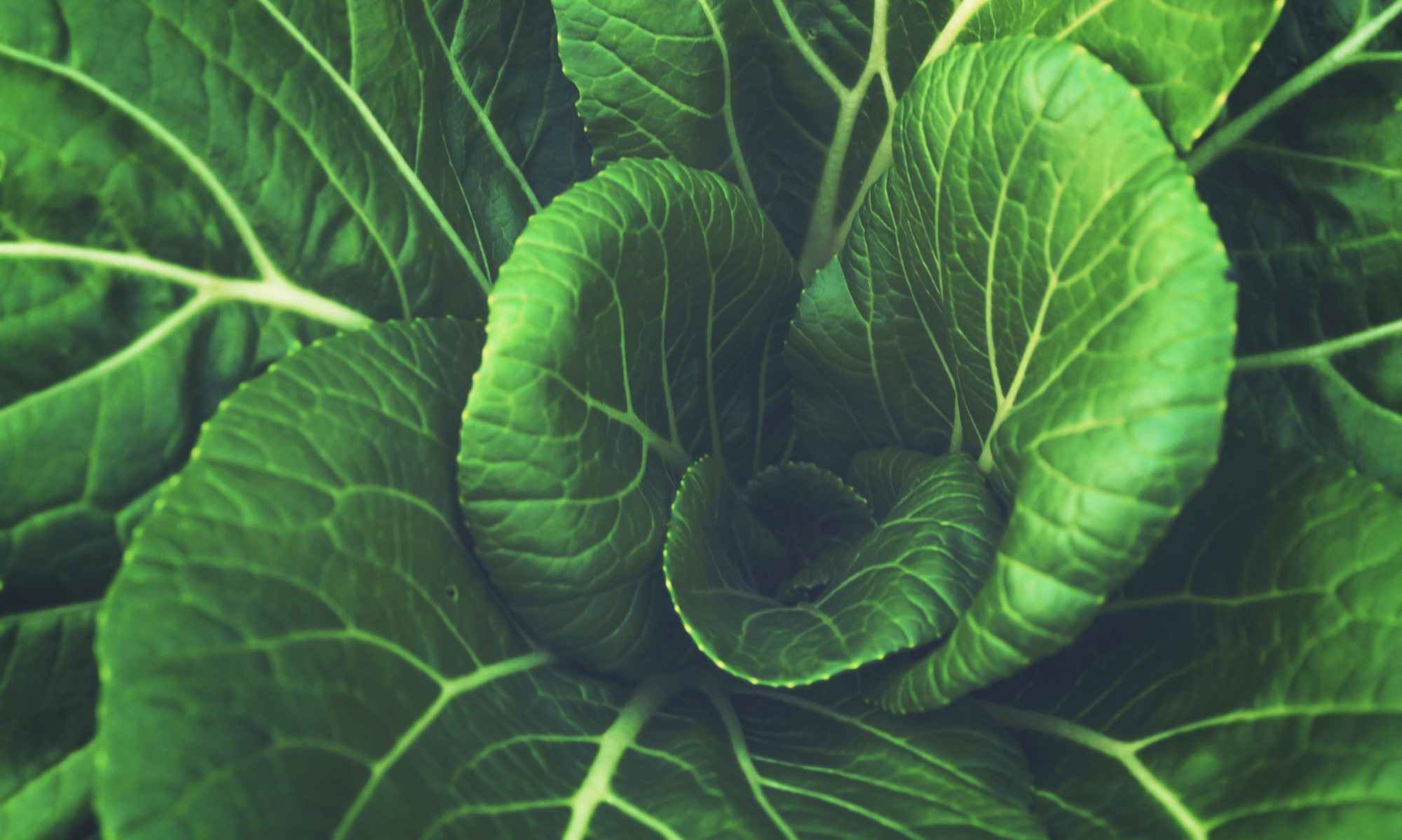Sugar, Fructose, and Satiation: Breaking the Body
The physiology of insulin has now been thoroughly described. In order to dive deeper into the issue of obesity and dietary modern diseases, we must perform some thought experiments.
Sugar Overload and Rotting Organs
What happens to people that eat tons of junk food? First of all, what even is junk food? We usually define this term as processed foods that people eat in place of conventional items. However, in the eyes of our bodies, the definition of junk food is quite different. In addition to the typical foods we consider junk, the body also considers bread, pasta, and most grain based products equally deleterious. This is due to the fact that our bodies have not evolved to digest the food produced by civilization. For millions of years, there was no such thing as bread or flour. Now, our “wild” bodies are being exposed these foods on a daily basis.
Consequences of Processed Food
When we eat foods that are digested and absorbed fast, there is a large spike in blood sugar. Naturally, the body spikes blood insulin in order to get the toxic concentration of glucose out of the blood. So where does all of this sugar go? Well, a lot of the glucose goes into the body cells as a source of energy. The extra glucose goes to the liver to be stored as glycogen. Finally, the leftover sugar is converted into fat and stored in the liver (link to my post on macromolecules). The goal of this system is to store energy as efficiently as possible for later use.
Cramming Sugar into Cells
The real problem arises when these spikes of insulin are repeated over months and years. Eventually, there is no more space for sugar in either the cells or the glycogen, leaving fat as the only place for the sugar to go. There is one problem however: turning sugar into fat takes time and the blood sugar cannot stay high for that long. As a result, insulin levels spike higher than usual in order to cram more sugar into the filled cells. This is the physiology of insulin when the energy situation gets out of hand.
Naturally, the cells don’t like this toxic sugar. Thus, they begin to grow resistant to the insulin signal, essentially ignoring it. To compensate, insulin spikes higher the next time sugar needs to be crammed into the cells. After insulin levels reach a certain level, the body decides to try a new strategy to manage blood sugar.
Visceral Fat
I briefly discussed visceral fat in regards to modern diseases. Here I will talk about why visceral fat builds up in the first place. After insulin levels reach a certain level, the body cells are very unhappy with what is going on. They have absorbed so much more sugar than they need. If they take any more, it becomes more and more likely that they will be poisoned to death. In order to avoid this, the liver begins to ramp up fat production, sending it out as fast as possible.
This fat begins to deposit in every free spot: between the intestines, on the heart, and around the stomach. If this goes on, the liver cannot send out fat fast enough, resulting in the liver depositing fat on itself, causing damage (this is almost identical to alcoholic fatty liver). The downward spiral is completed when fat begins to deposit on the pancreas. The moment fat begins to build up here, the cells producing insulin get smothered. As a result, insulin levels fall sharply. Up until this point, blood sugar was managed through these last-ditch mechanisms. But the moment insulin levels fall, blood sugar spikes upwards, resulting in a diagnosis of diabetes.
As you can see, diabetes is not the disease but rather a symptom that results after years of unregulated junk food intake and thus chronic elevated insulin levels. After blood sugar spikes, the body cells begin to die, slowly succumbing to the poisonous influence of the extra sugar. This is kind of like you sleeping next to a nuclear reactor for years. Over time, the radiation will get to you.
Fructose Accelerates Damage
One major reason that diabetes is becoming a large problem in the modern era is due to the advent of table sugar. Table sugar is a disaccharide, consisting of one glucose and one fructose molecule. We discussed the effects of glucose on the physiology of insulin above but what about fructose? If you look at fructose effect on the body, you discover something surprising. Fructose does not raise insulin! This seems great at first but the story does not end there.
While glucose can be broken down and used in every cell in the body, fructose can only be metabolized in the liver. As said in The Diabetes Code by Dr. Jason Fung, this means that 5% of your body has to process 50% of the sugar you eat. Your liver cannot handle this stress for long and eventually, it will get fat and start producing visceral fat even if you are otherwise healthy. This leads to a phenomenon where you appear skinny but your organs are covered in toxic fat.
Insulin and the Health Crisis
What about heart disease, blood pressure, and all other modern diseases? Can understanding the physiology of insulin explain these new issues plaguing humans? In a word, yes. And here is how:


